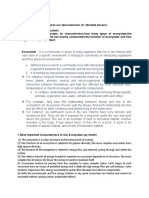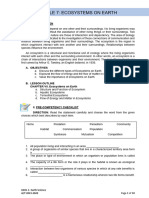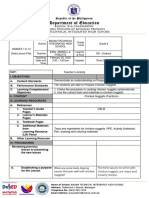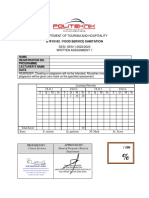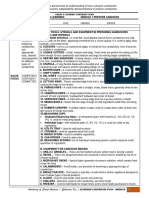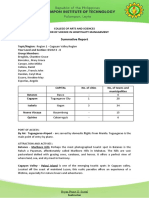0% found this document useful (0 votes)
13 views3 pagesEcosystem Module
Ecosystems are vital systems that encompass all living organisms and their physical environment, functioning through the interaction of biotic and abiotic components. The module covers the definition of ecosystems, their components, energy flow, nutrient cycles, types of ecosystems, and the impact of human activities on these systems. Understanding and protecting ecosystems is crucial for maintaining biodiversity and ensuring a sustainable future.
Uploaded by
tongquinCopyright
© © All Rights Reserved
We take content rights seriously. If you suspect this is your content, claim it here.
Available Formats
Download as DOCX, PDF, TXT or read online on Scribd
0% found this document useful (0 votes)
13 views3 pagesEcosystem Module
Ecosystems are vital systems that encompass all living organisms and their physical environment, functioning through the interaction of biotic and abiotic components. The module covers the definition of ecosystems, their components, energy flow, nutrient cycles, types of ecosystems, and the impact of human activities on these systems. Understanding and protecting ecosystems is crucial for maintaining biodiversity and ensuring a sustainable future.
Uploaded by
tongquinCopyright
© © All Rights Reserved
We take content rights seriously. If you suspect this is your content, claim it here.
Available Formats
Download as DOCX, PDF, TXT or read online on Scribd
/ 3


















